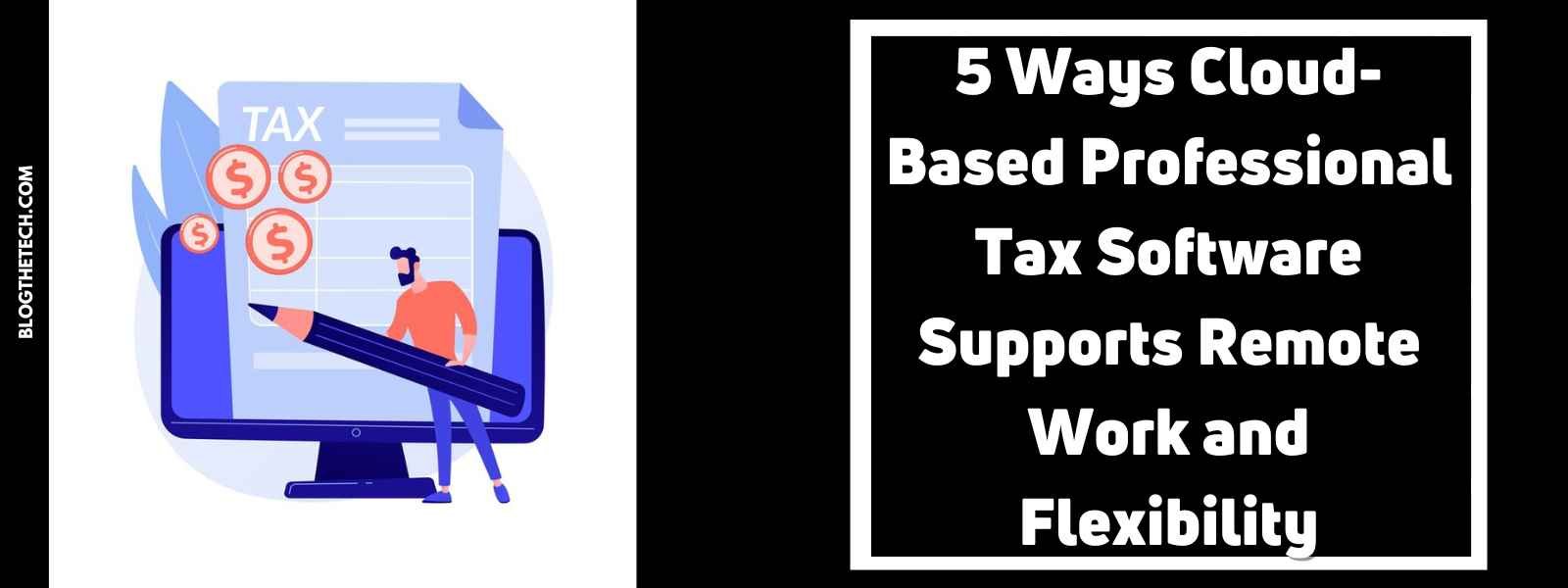Remote work has become a mainstay in many industries, offering flexibility and access to a global talent pool. However, managing remote teams presents unique challenges, particularly in software development, where effective communication and issue tracking are critical. This is where cloud-based bug tracking solutions come into play, offering a robust framework to streamline processes and enhance productivity.
The Shift to Remote Work
The shift to remote work has accelerated rapidly over the past few years, driven by technological advancements and changing workplace cultures. While remote work offers numerous benefits, it also brings challenges such as coordinating across different time zones, maintaining clear communication, and ensuring all team members are aligned on project goals.
One of the key challenges in remote software development is managing bugs and issues that arise during the development process. Without a centralized system, it can be difficult to track these issues effectively, leading to delays and potential miscommunication. Cloud-based bug tracking solutions address these challenges by providing a unified platform accessible from anywhere.
Benefits of Cloud-Based Bug Tracking Solutions
- Centralized Access and Real-Time Updates
Cloud-based bug tracking solutions provide a single, centralized platform where all team members can access and update bug reports in real time. This ensures that everyone is on the same page, regardless of their location. With real-time updates, team members can quickly see the status of issues, recent changes, and any new bugs that have been reported.
- Enhanced Collaboration
These tools facilitate better collaboration among remote team members. Features such as comments, attachments, and activity logs enable detailed discussions around each bug, ensuring that all relevant information is easily accessible. Team members can leave notes, suggest fixes, and provide feedback directly within the platform, reducing the need for lengthy email threads and meetings.
- Improved Visibility and Transparency
With a cloud-based system, all stakeholders, including developers, testers, project managers, and clients, have visibility into the bug tracking process. This transparency helps build trust and ensures that everyone is aware of the project’s current state. Stakeholders can monitor progress, see which issues are being prioritized, and understand the impact of each bug on the overall project.
- Scalability and Flexibility
Cloud-based solutions are inherently scalable, making them suitable for teams of any size. As your team grows or your project evolves, the bug tracking system can easily accommodate new users and additional data. This flexibility is particularly valuable for startups and rapidly expanding companies that need tools that can grow with them.
- Cost-Effectiveness
Adopting a cloud-based bug tracking solution can be more cost-effective than traditional on-premises software. There is no need for expensive hardware or infrastructure, and most cloud-based services operate on a subscription basis, allowing you to pay only for what you use. This can result in significant cost savings, especially for small to medium-sized businesses.
Why Bug Tracking Software is Essential
Investing in bug tracking software is crucial for several reasons:
- Efficiency in Issue Resolution
Bug tracking software streamlines the process of identifying, reporting, and resolving bugs. By centralizing all bug-related information, teams can quickly assess the severity of issues, assign tasks, and track progress. This efficiency reduces downtime and ensures that critical bugs are addressed promptly.
- Data-Driven Decision Making
Bug tracking software provides valuable data and analytics that can inform decision-making. Teams can identify patterns in bug reports, track resolution times, and measure the effectiveness of their processes. This data-driven approach enables continuous improvement and helps teams optimize their workflows.
- Enhanced Quality Assurance
With a robust bug tracking system in place, quality assurance processes are significantly enhanced. Testers can systematically log issues, developers can easily access and resolve these issues, and project managers can oversee the entire process. This leads to higher-quality software and a better user experience.
- Facilitates Work
For remote teams, bug tracking software is indispensable. It bridges the gap created by physical distance, ensuring that all team members can collaborate effectively. By providing a centralized platform accessible from anywhere, it helps maintain productivity and alignment in remote work environments.
Conclusion
Cloud-based bug tracking solutions are essential tools for modern software development, particularly in remote work settings. They offer centralized access, real-time updates, enhanced collaboration, and improved visibility, all of which are critical for managing distributed teams effectively. By investing in bug tracking software, organizations can streamline their issue resolution processes, make data-driven decisions, and enhance overall software quality.
As remote work continues to grow in popularity, leveraging cloud-based bug tracking solutions will become increasingly important. These tools not only address the unique challenges of remote work but also provide a scalable and cost-effective solution that can adapt to the evolving needs of your team.
Whether you’re a small startup or a large enterprise, adopting a cloud-based bug tracking system can significantly enhance your development process and ensure the success of your projects.






its a great blog keep post web app development topics.